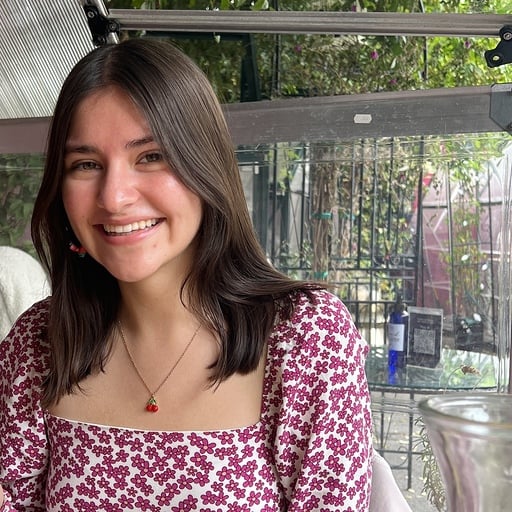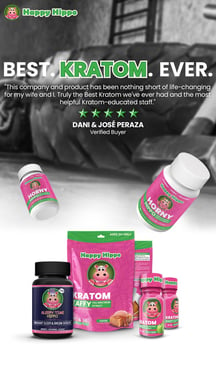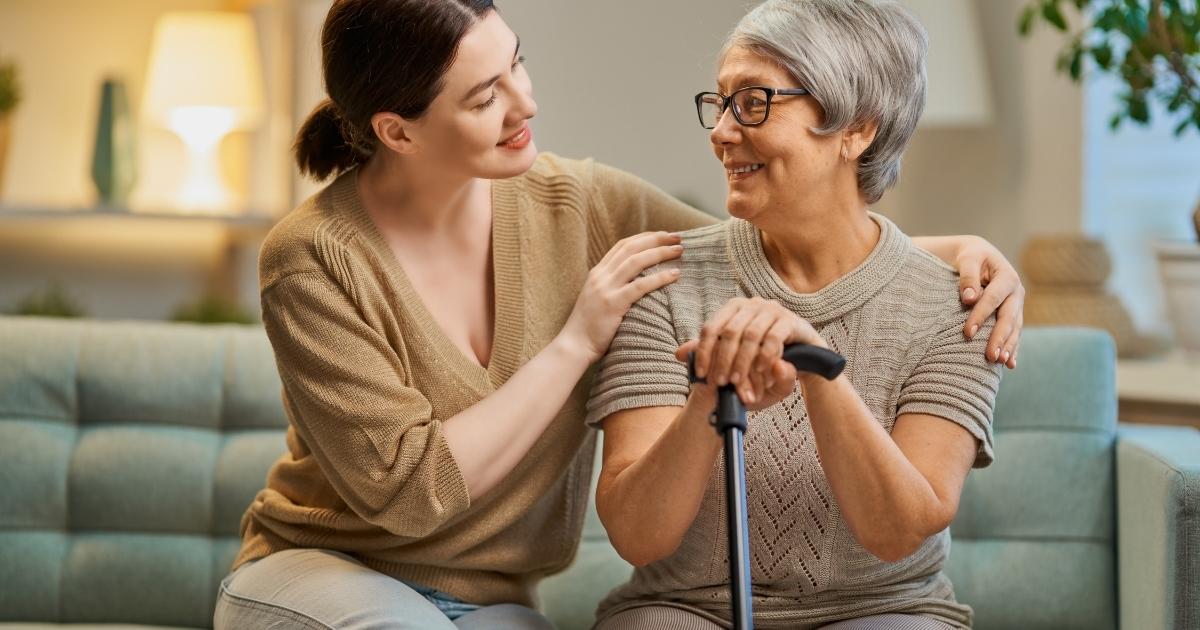What is Unpaid Caregiving?
A caregiver is someone who provides any type of care to someone who requires it with day-to-day activities and/or medical tasks. There are informal or unpaid caregivers and there can be formal, paid caregivers. Many people have a certain idea of what type of person most likely would require unpaid caregiving, but the reality is that this can look like a lot of different things.
A person may need caregiving due to their challenges dealing with depression, autism, Alzheimer's disease, or chronic injury. These are just a few examples of conditions that may leave a person in need of all-day caregiving.
Unpaid or informal caregivers are often people close to the individual that requires assistance. They can be a spouse, partner, family member, or friend. Formal caregivers are usually paid healthcare workers that are assigned to help the individual with their daily needs. However, since unpaid caregivers are more likely to face the challenging burdens of their role, there is more cause for concern for their situation from a public health standpoint.
For instance, they are not being paid for the assistance they are providing to this person. Therefore, on top of the responsibilities of their roles as a caregiver to this person, the unpaid caregiver still must make a living by performing an additional job. Additionally, their relationship with this close family member or friend may become more complicated as their health and quality of life are dependent on the caregiver.
The work as an unpaid caregiver may also take away from the personal needs of the person providing care. These are just a few aspects of the reality of being an unpaid caregiver.
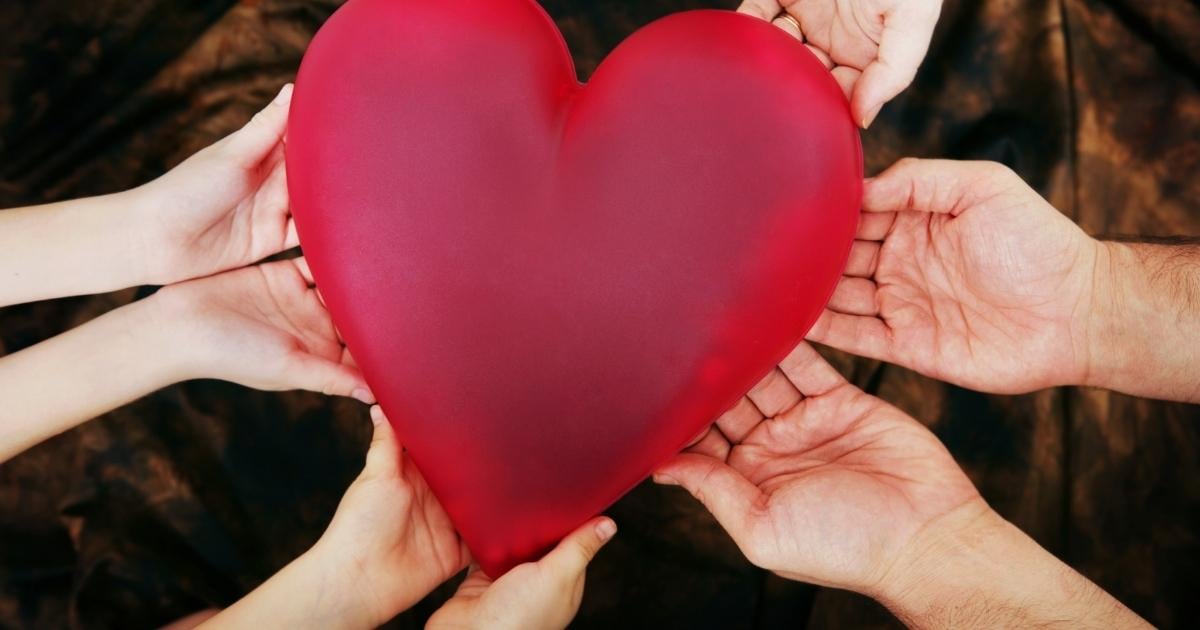
Unpaid Caregiving and Dementia
People with Alzheimer’s disease and other forms of dementia are the most likely people to require informal caregiving. This is especially concerning for the country’s population of older adults. Alzheimer's disease is a form of dementia that results in a loss of cognitive abilities and memory that can interfere with daily activities[5].
According to the Alzheimer’s Association, today more than 6 million people in the United States are living with Alzheimer’s. 1 in 3 seniors will die with Alzheimer’s or another form of dementia. In 2023, dementia will cost the nation $345 billion[1].
According to the CDC, more than 16 million people in the United States provide unpaid care to someone close to them with any form of dementia. This amounts to more than 17 billion hours of unpaid caregiving to people with dementia alone[2].
While many other conditions may lead to an individual requiring caregiving, people with any form of dementia require a longer duration of caregiving than any other condition[2].
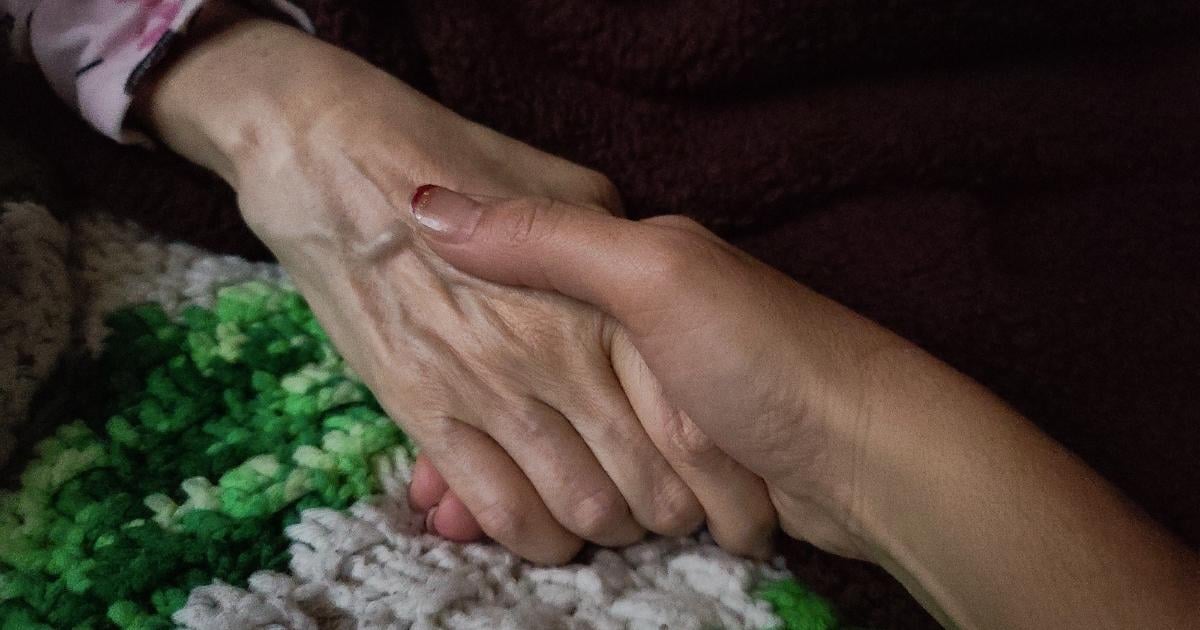
Who are These Caregivers and What Do They Do?
While more than 16 million people provide unpaid care to people with Alzheimer’s in the United States, approximately 43.5 million people are caregivers to someone with any type of condition[3]. Approximately 34.2 million of those people care for an adult over 50 years old[3].
Here are a few more fast facts about unpaid caregivers:
- About a third of unpaid caregivers are women[2]
- 1 in 3 caregivers is at least 65 years old[2]
- Female caregivers spend as much as 50% more time assisting than male caregivers[3]
In terms of the type of assistance these caregivers provide, there are a few common examples. These include assistance with:
- Bathing
- Personal care such as hygiene
- Shopping
- Food preparation
- Medical and nursing tasks
- Moving in and out of positions
- Transportation
- Decision-making
Additionally, if we take a deeper look into the demographics of unpaid caregivers in the United States we can get a bit more insight. According to the Family Caregiver Alliance, Hispanics have the highest proportion of unpaid caregivers compared to any other racial or ethnic group in the United States at 21%[3]. The proportion of caregivers for black and African Americans is 20.3%, 19.7% for Asian Americans, and 16.9% for white Americans[3]. Therefore, we also must pay attention to the distribution of the burden of unpaid caregivers for Americans.
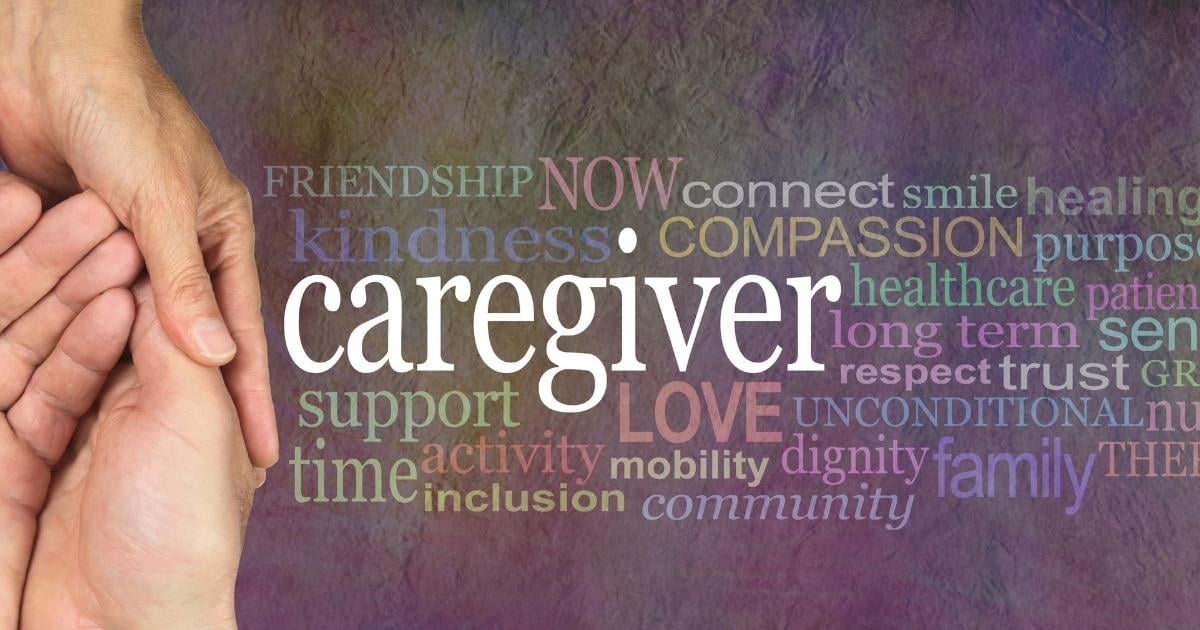
The Implications of Unpaid Caregiving
Several studies explain the immense challenges unpaid caregivers face today as they are left unprepared to take on the countless responsibilities that their roles require of them. While assisting with the many different tasks the recipient of their caregiving requires, unpaid caregivers must also fulfill their own social, personal, and professional needs[4].
Unpaid caregivers are at an increased risk of experiencing chronic stress, excess burden, and depression[4]. They are also more vulnerable to experiencing anxiety and poorer quality of life, due to the demands of their caregiving role[2].
Furthermore, the CDC mentions the concept of the “sandwich generation”, which can be described as having the responsibility of caring for someone in the older generation and someone in the younger generation. Therefore, unpaid caregivers that are a part of this “middle-aged” working population have the responsibility of assisting younger dependents and older dependents, making the burden much larger[2].
This speaks to the larger issue at play. In a rapidly aging population like the U.S., there is a cause for concern about the capabilities of working-age people to fulfill their own needs and the needs of older, dependent populations. The needs of these unpaid caregivers and the needs of the recipients of their care must be addressed to ensure that their quality of life and health is high.
Choosing a healthy plant-based and vegan diet is most beneficial when it comes to:
-
Higher levels of energy;
-
Improved sleep;
-
Aids in energy and overall happiness;
-
Provides a sense of comfort and relief;
-
Could prevent major diseases such as obesity and diabetes;
-
Accomplish weight loss and management; and
-
Improves mental and cognitive functioning.
What is your biggest need for living your healthiest lifestyle? Are you looking for ways to improve your diet and boost your immunity? Let us know what you think of the article.
Have any follow-up questions? Please send us a message in the comments section below. We love hearing your feedback!








